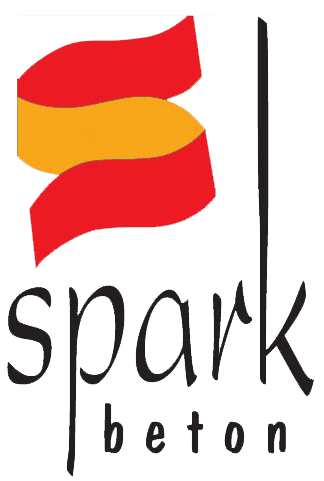Basics of Concrete
Concrete is made up of five primary constituents.
• Water
• Cement
• Air
• Fine Aggregate (FA)
• Coarse Aggregate (CA)
The water and cement form a paste, which binds the aggregate into a rock-like mass as the water and cement combine through a chemical reaction called hydration. The paste also includes entrapped air introduced by mechanical mixing and entrained air introduced by the addition of chemical admixtures. The paste constitutes between 25 and 40 percent of the volume. The aggregate makes up the remaining 60 to 75 percent. Air in concrete varies from about ½ to 2 percent in non-air-entrained concrete to about 4 to 8 percent entrained air in concrete containing air-entraining admixtures. FA, sometimes called “sand”, is composed of particles that pass the 4.75 mm (No.4) sieve. CA, or gravel, consists of particles retained on or above 4.75 mm (No.4) sieve. Well-graded aggregate, consisting of a wide range of FA and CA sizes, provides for efficient use of the water/cement paste. Since aggregate makes up most of the mix volume, it should consist of particles with adequate strength and resistance to exposure conditions. Concrete solidifies and hardens after mixing and placement due to a chemical process known as hydration. The water reacts with the cement, which hardens, bonding the other components together and eventually creating a stone-like material.
Concrete is used more than any other man made material on the planet. It is used to make pavements, architectural structures, foundations, motorways/roads, overpasses, parking structures, brick/block walls and footings for gates, fences, and poles.
Benefits of ready mixed concrete over Site Mixed Concrete
Ready mixed concrete produced from fully automated batching plants guarantees quality since:
• The raw materials are subject to stringent quality and quantity measures.
• The concrete is subject to quality control throughout the manufacturing and delivery process.
Diversity of solutions
A wide variety of ready mixed concrete can be produced, with ease and on demand, by varying the proportions/combinations of the cement, aggregates and admixtures.
Service
Ready mixed concrete provides customers with unique service quality due to:
• the availability of a large number of concrete mixer trucks which enable delivery rates to be kept under control.
• supply of special services for difficult worksites like pumps, conveyors, etc.
• the ability to adapt the pace of deliveries to the customer´s needs.
Cost-effectiveness
Ready mixed concrete is more cost effective because:
• Basic materials are now not stored on site and this reduces the need for storage space.
• Plant and machinery for mixing concrete are not required.• Wastage of basic materials is avoided.• Labor associated with production of concrete is reduced.• Time required for the entire process is greatly reduced.
Lower Pollution
The use of ready mixed concrete reduces air pollution in and around the worksite as the mixing is done at the plant.
